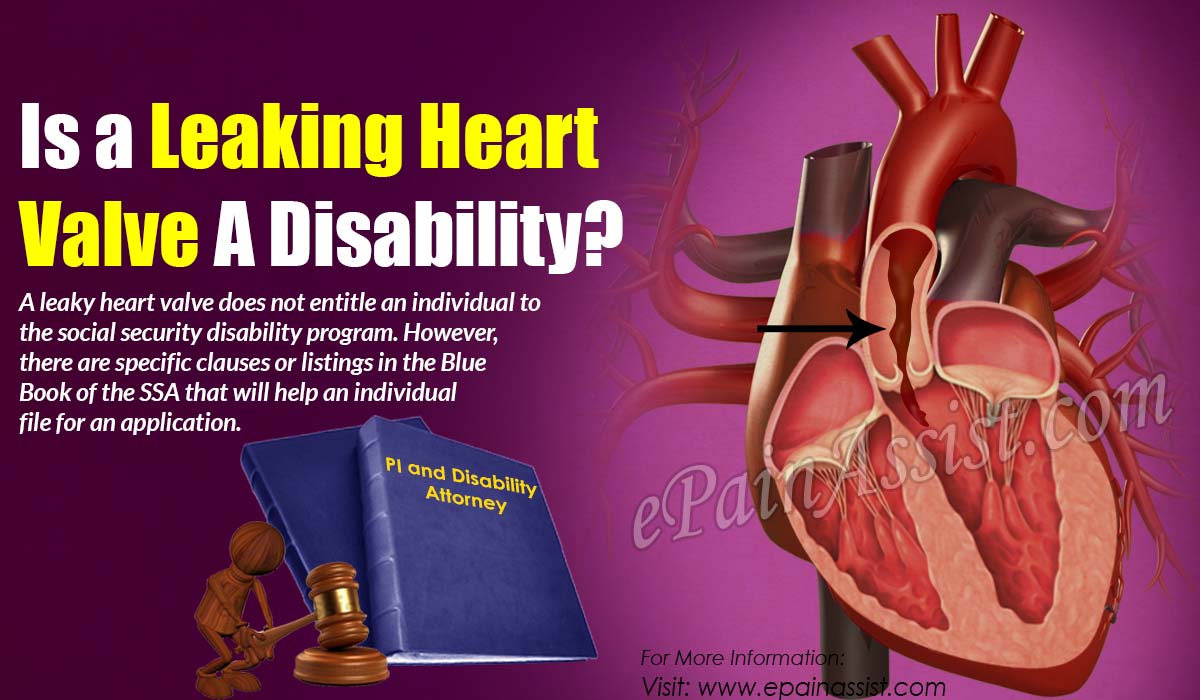When the heart valves work correctly, there is smooth blood flow to and from the heart. If there is any damage to any one of the four valves, it becomes difficult for the heart to receive oxygen and blood to the muscle to function appropriately. A leaky valve, also known as regurgitation, is a condition where the valves do not close appropriately and cause leakage. Such instances result in the development of valvular heart disease or VHD.
Symptoms of Valvular Heart Disease or VHD
Symptoms of valvular heart disease or VHD include fatigue, shortness of breath, abnormal heart rhythms, swelling in abdomen, ankles, and feet. The treatment for the same depends on the damaged heart valve. Before proceeding with the treatment, the doctor examines the patient physically and seeks diagnostic results. Diagnostics include the use of CT scan, echocardiography and MRI scan. While it is possible to bring down the situation under control through medicines, it may not be viable for everyone. A few may need surgery that requires repairing of the valve or replacing the valve itself.

Is a Leaking Heart Valve a Disability?
A leaky heart valve does not entitle an individual to the social security disability program. However, there are specific clauses or listings in the Blue Book of the SSA that will help an individual file for an application. Speaking with a doctor will assist in filing for the program. Seeking the assistance of a disability attorney likewise helps in receiving approval with ease.
Upon meeting the primary requirement of the social security benefits program, the administration looks into the Blue Book and sees if the symptoms fall under a particular listing. Listings or the Blue Book consists of the disability/disabilities that entitle an individual to the benefit. Even if a person meets the requirement, it is crucial that the individual displays the symptoms to the authorities and proves that the leaky heart valve no longer allows him/her to find suitable employment.
Although there is the absence of valvular heart disease or VHD listing, filing for the benefit is possible by choosing several listings that have relation with the leaky heart valve. The Social Security Administration evaluates the symptoms and may or may not consider the claim. However, the following are the listings under which an applicant can claim a leaky heart valve benefit:
- Chronic heart failure
- Recurrent arrhythmias
- Ischemic heart disease
- Symptomatic congenital heart disease.
Particular Valvular Heart Disease or VHD Conditions
The following are a few more additions to the symptoms and how the Social Security Administration evaluates them:
Congenital Valve Atresia – it is a condition by birth where the formation of the heart valve fails while the fetus is developing in the womb. Failure of the valve to open or absent altogether is Atresia. It can occur to any of the four valves – pulmonary, tricuspid, aortic, and mitral. SSA considers them under 4.0.6 and 4.0.2 listings.
Acquired Valvular Heart Disease or VHD – it is a condition where an individual acquires later in life. It mainly affects mitral and aortic valves. The occurrence is due to infections such as syphilis, endocarditis, and rheumatic fever. Nonetheless, aortic aneurysms, cardiomyopathy, and coronary heart diseases also result in acquired VHD. SSA can approve an application under 4.10 listing of the Blue Book.
Bicuspid Aortic Valve Disease – it is a congenital situation where one flap is missing in the valve. Except for mitral valve, remaining valves contain three flaps that open and close to monitor the flow of blood in the forward direction. SSA accepts an application under the chronic heart failure listing of the Blue Book (4.0.2), and if the situation develops an aneurysm, then the application receives approval under 4.10 listing.
Mitral Valve Prolapse – it interferes with the normal blood flow. Although it is possible to manage the prolapse, it does lead to severe health conditions. However, it will be difficult for the claimant to prove the symptoms to earn the benefits under the disability program.
Also Read:
